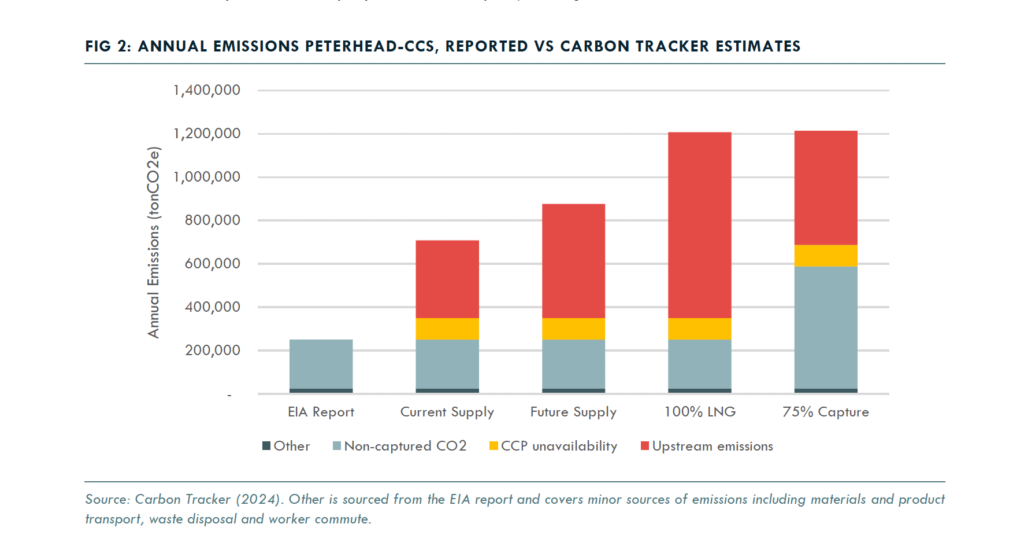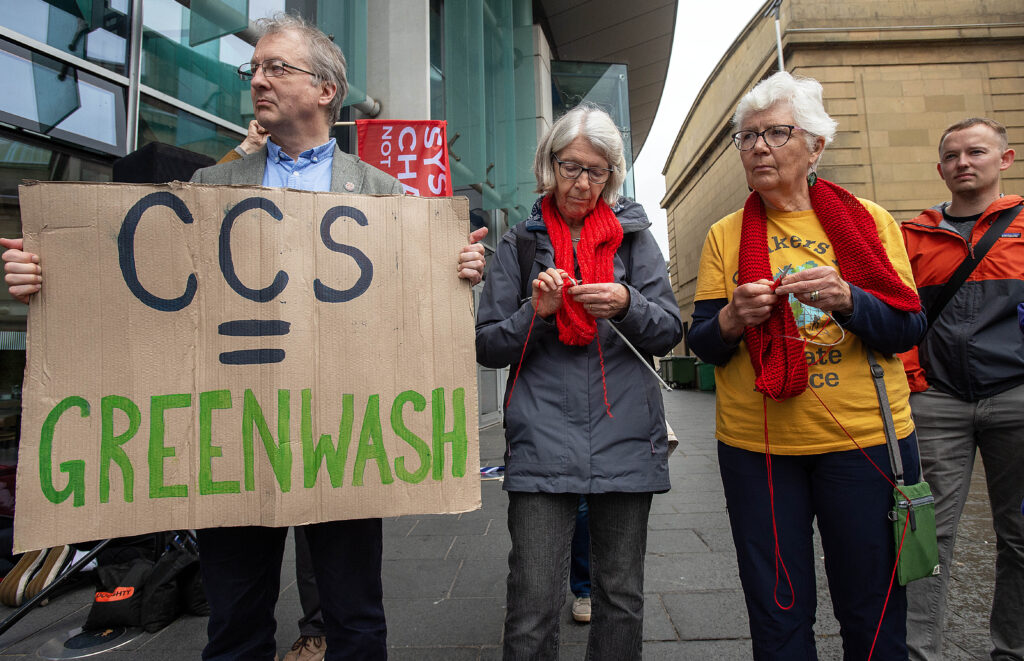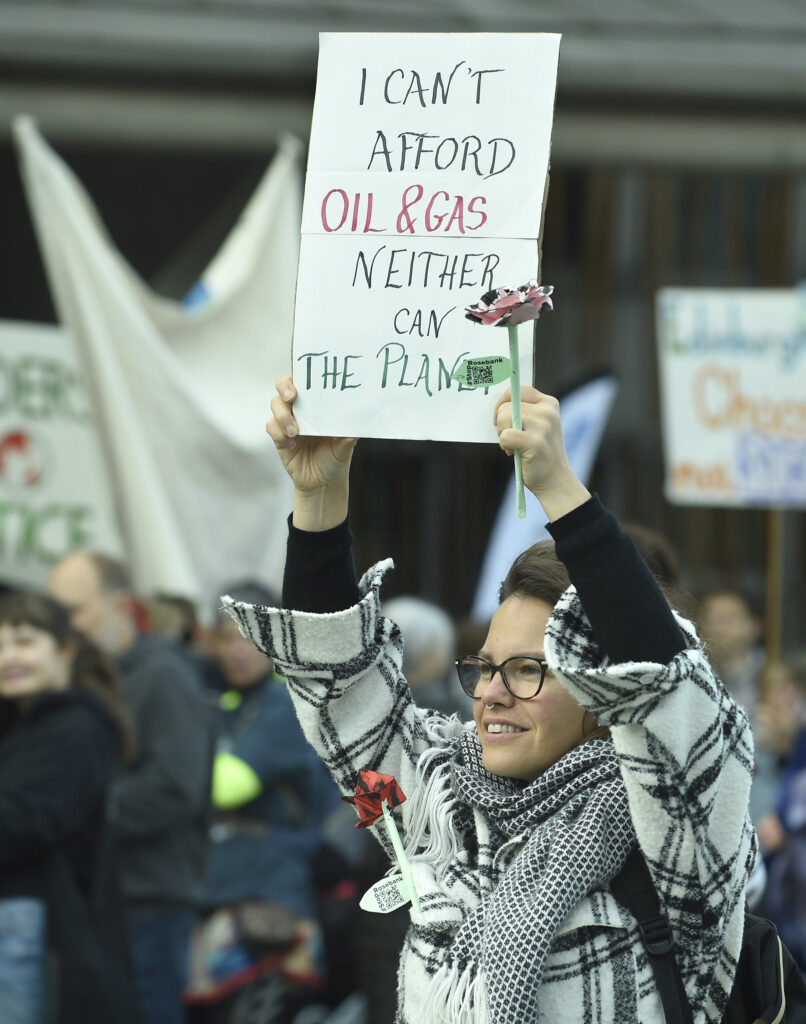
Revealed: the true climate cost of new gas at Peterhead power station
New research has just revealed that the proposed Peterhead power station is even worse for the climate than originally feared.
Independent analysis by experts at Carbon Tracker estimates the climate pollution each year could be 5 times worse than the developers have admitted. Read the research.
The research exposed huge holes in the companies’ analysis meaning that the project could be responsible for 1 million tonnes more climate changing pollution each year than official documents suggest.
This means that the Scottish Government, tasked with making the decision on whether to approve or reject the planning application for the power station, is making that decision without the full evidence of the damaging climate impact it will have.
As a result of these revelations, we are demanding that the Scottish Government orders these companies to do an honest assessment of its environmental harm, and resubmit important planning documents updated with the true climate impact. The UK Government recently ordered a similar gas carbon capture project, Net Zero Teesside, to redo its climate calculations.

What are the problems with the company’s climate claims?
SSE’s Environmental Impact Assessment – a legal requirement in planning applications, where they set out the environmental and climate impacts of the project – contained three huge holes. The companies failed to account for:
- Pollution created by extraction and transportation of the gas to be burnt onsite
- Pollution from the inevitable times when the carbon capture plant is turned off or undergoing maintenance
- Realistic estimates of how much carbon the technology would capture.
Unrealistic carbon capture rate
SSE and Equinor claimed that the plant would capture 90-95% of the carbon dioxide it produces but this has never been achieved anywhere on earth and is not supported by evidence.
The only pilot projects in the world trialing carbon capture on a gas power station were found to be just 1/20th of the size of the proposed Peterhead plant!

Researchers instead modelled the emissions produced at a more conservative 75% carbon capture rate (70% is the minimum consistent capture level required to qualify for UK Government subsidy), revealing a far higher climate impact from the project.
When the carbon capture plant is not working – either due to planned maintenance or some of the failures that plague this technology – pollution is ten times higher.
Pollution from gas supply chain
SSE know that the Peterhead station will burn gas to generate electricity, yet they failed to include the emissions that are produced by the extraction, processing, and transportation of gas to the power station. The EIA document explicitly states that pollution related to “raw material extraction” should be included but they were not.
As gas from the North Sea runs out, the UK Government forecasts that this will increase imports of Liquified Natural Gas (LNG) – predominantly from the USA or Qatar – which has a far higher carbon footprint.
LNG is produced as a result of fracking in the USA – a process the Scottish Government has rightly banned in Scotland. The process of cleaning and liquefying natural gas so that it can be shipped is incredibly energy intensive. Some estimates put it around 10 times more carbon intensive than piped gas.

We know climate change is global problem so the pollution that happens in USA or Qatar will create impacts that will still be felt in the UK.
SSE and Equinor’s environmental assessment totally fails to include the predicted changes in the carbon footprint of its fuel throughout the project lifespan.
Impact of Peterhead gas on the rest of the economy
The increased emissions from the plant would have what the research describes as “major adverse impact” on Scotland’s carbon budget. As we get closer to net zero, the total amount of carbon that can be emitted progressively reduces.
Peterhead power station could consume the equivalent of an incredible 50-80% of Scotland’s total annual budget by 2044. This would force other sectors of the economy including farming, transport and other businesses to reduce their emissions much more rapidly.
The plant is scheduled to continue burning fossil fuels until 2059 – an incredible 14 years after Scotland is due to reach net zero emissions.
What do these revelations this mean?
SSE and Equinor have deliberately hidden the true climate cost of their proposals to build a new gas burning power station at Peterhead. It looks like Scottish Government ministers have been misled through selective carbon accounting and wildly unrealistic forecasts.
This research shows how greedy energy companies are making claims about carbon capture that do not stand up to the slightest scrutiny. It seems like these companies are willing to say whatever it takes to get this project built, leaving the Scottish public to bear the cost of its inevitable failure for the next 30 years.

The risk to the public is very real. Locking our energy system into expensive and volatile fossil fuels for the next 35 years means that bills will be driven by international energy markets far beyond our control. The recent 10% rise in the energy price cap was caused by increases in fossil fuel prices.
The Scottish Government must order these companies to go back and produce an honest assessment of the environmental impact of this fossil fuel development.
When the Scottish Government sees the true climate harm of this project, the only rational response will be to reject it and focus instead on rapidly building up Scotland’s renewable energy future.
We need to make sure that Ministers see this new research, and order the companies to update their climate calculations and resubmit important planning documents. We are asking people to contact their MSPs to ask them to write to the Scottish Government.
Take Action
Email your MSPs now to demand Ministers force these companies to produce an honest assessment of its climate pollution.
We hosted a special webinar that explored the report findings, and discuss what this means for the project.
